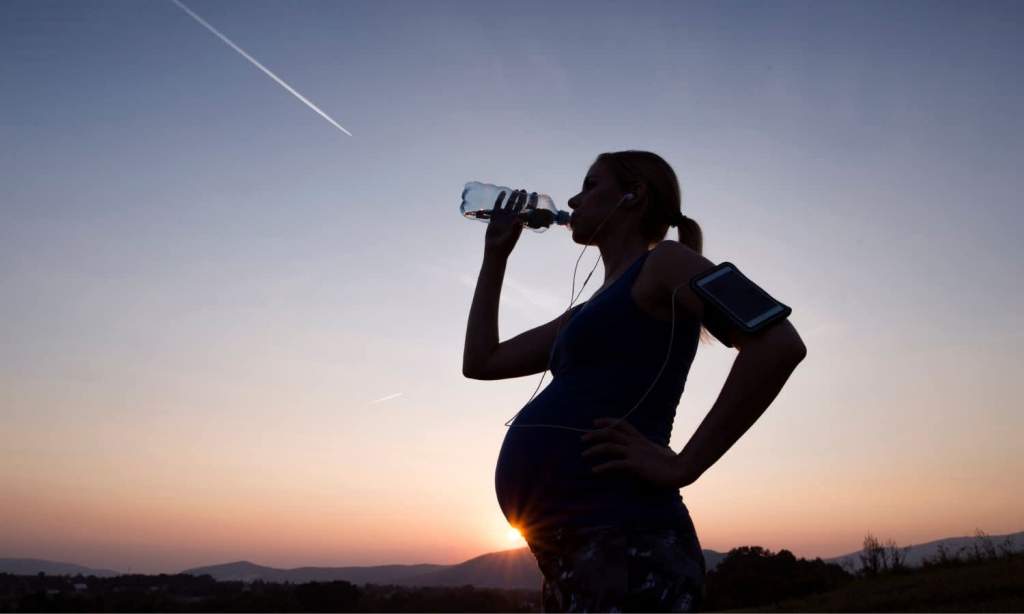When you hear the term diabetes, you most likely just think of type 1 and type 2. Unless you’ve known someone with it, it’s unlikely you’ve heard of the third type – gestational diabetes mellitus (GDM). Essentially, diabetes in pregnancy.
If this is the first time you’re hearing of it, it’s doubtful it’ll be the last. Why? Because gestational diabetes is the fastest-growing type of diabetes in Australia. And over the next decade, more than 500,000 Australian women are expected to develop this condition.
According to research from the Australian Institute of Health and Welfare (AIHW), one in seven pregnant Australian women is affected. And First Nations mothers are 1.6 times more likely to develop GDM than their non-Indigenous counterparts.
If you’re new to the topic and are wondering exactly what gestational diabetes is, AIHW spokesperson Ms Miriam Lum On defines it as “a type of glucose intolerance that develops or is first recognised during pregnancy, mostly in the second or third trimester.”
Side-effects include increased thirst, excessive urination, tiredness, and yeast infections, and adverse outcomes of gestational diabetes can be “pre-eclampsia, induced labour, caesarean section and pre-term labour”. It usually occurs around the 24th to 28th week of pregnancy.
Rachel Evans, head of fashion at The Iconic (full disclosure: she’s my sister-in-law), had gestational diabetes for her first pregnancy. Her most obvious system was extreme thirst. “I could never quench my thirst. I was literally drinking four litres of water [a day] and still thirsty.
Diagnosed at 27 weeks – when all women undergo a blood test – she was told she had gestational diabetes. Hers was “due to the placenta not taking glucose how it should”.
She had to do four prick blood tests a day, and eventually ended up on overnight insulin – her sugar levels were peaking in the “fasting period” while she was sleeping. At 34 weeks, she expressed colostrum: “Hard to fit into my day when working full time”.
Not only was she not allowed tubs of ice cream (an Evans favourite), but the due date for her firstborn was altered. “Due to needing to go on the insulin, they don’t let you go full term. I was induced at 39 weeks.”
But now, a new study has been released which has found that pregnant women who exercise more during the first trimester of pregnancy may, in fact, have a lower risk of developing gestational diabetes – helping hundreds of thousands of women across Australia.
Coming from the Department of Public Health at the University of Tennessee, Knoxville, the study found that exercising at least 38 minutes per day – eight minutes higher than the regular recommendation – lowered the risk of gestational diabetes by 2.1 cases per 100 women. The risk of abnormal blood sugar was lowered by 4.8 cases per 100 women.
Assistant professor, Samantha Ehrlich said in regards to the study, “If being more active could reduce that by two women per 100, that’s a clear benefit.”
Check with your doctor before adjusting your current exercise regime.







